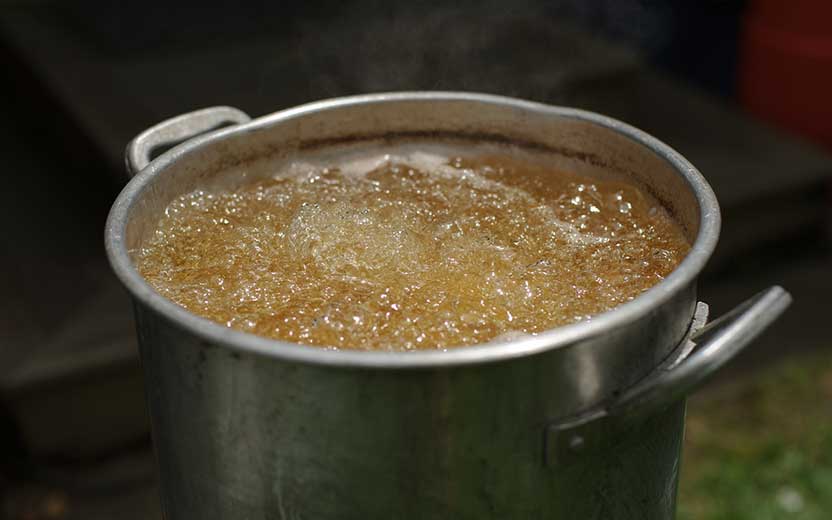By Marcus Fernandez
The tradition of celebrating Christmas by decorating an evergreen tree originated in Germany in the 16th century. German immigrants brought the tradition with them to North America in the 1830s. The availability of electricity in the early 20th century allowed electric lights to replace lighted candles.
If your family follows this tradition, then you also participate with the tradition of disposing of it after the holidays. As the new year approaches, dried out pine needles littering the floor is a sign that your Christmas tree needs to leave before it causes a house fire.
Unless you have an artificial tree, you need to find a safe and environmentally-friendly way to dispose of your tree. Here are a few disposal ideas for you to consider. But let’s first look at how to tell when the time has arrived to dispose of the tree.
Signs of a fresh Christmas tree
Prolonging the life of a Christmas tree starts when you go shopping for it. You want to choose a fresh tree, so stay away from trees displaying any of the following signs:
- Excessive needle loss.
- Musty odor.
- Foliage discoloration.
- Dry needles that are not pliable.
An easy test to determine whether a tree is fresh is to pull a branch through your hand. Needles should be supple and not fall off into your hand. Dryness will cause an excessive loss of needles and branches will break if you bend them.
When you find a tree and get it home, cut off an inch from the base of the trunk before setting into a stand. Position the tree away from a radiator, stove, fireplace or other heat source. Add water to the stand and continue to replenish the water every day.
Despite your best efforts to keep the tree hydrated, it will eventually dry out. A dry tree increases the risk of a fire. If you begin to notice the needles turning brown, an excessive buildup of needles on the floor, or branches that snap when bent, it’s time to get rid of the tree.
How to safely dispose of your Christmas tree
First, let’s start with what not to do. Do not cut up your tree and burn it in a fireplace. The intense heat and oils produced by burning a Christmas tree in a fireplace can cause a dangerous chimney fire. If you live in Hillsborough County, it’s easy to make use of the county’s Christmas tree disposal program.
After removing the lights and decorations, cut the trunk and branches into sections that do not exceed four feet in length and are no wider than six inches in diameter. Place the sections at the curb for pickup on your regularly scheduled yard-waste collection day.
If you want to avoid the hassle of cutting the tree, you can take the whole tree to a yard waste processing facility. These are two yard waste processing facility locations:
- 346 Falkenburg Road in Tampa.
- 13001 U.S. 41 in Gibsonton.
You must bring with you a government issued photo identification, such as a driver’s license, showing your residential address. You also must have a copy of your county property tax bill to prove that you are a customer.
If your home is serviced by the City of Tampa Solid Waste Department, the city has curbside pickup of Christmas trees during the holiday season. You must cut the trunk and branches to create bundles that do not exceed four feet in length before placing them at curbside. Go to the City of Tampa website for additional information about disposal of Christmas trees, including holiday collection schedules.
Another option, is to drag your tree to your backyard where it can become a home to birds and wildlife. If a dried-out Christmas tree on your property does not appeal to you, grind it into mulch and use it to retain moisture and control weeds around shrubs and planting beds on your property.
Getting rid Christmas lights
Now that you know how to dispose of the Christmas tree, you may be wondering what to do with a broken strings of lights. Before putting them into the trash or recyclable containers, check with the solid waste department in the City of Tampa or Hillsborough County depending on where you live. If for any reason, you are harmed from a Christmas tree related accident, reach out to a Tampa personal injury lawyer for a free consultation.


